
Mechanical Operations - Engineering
Q1: Filtration rate does not depend upon theA pressure drop & area of filtering surface.
B resistance of the cake & the septum.
C properties of the cake & the filtrate.
D none of these.
ANS:D - none of these. Filtration rate typically does not depend on the pressure drop and area of the filtering surface. Here’s an explanation of why this is the case: Understanding Filtration Rate:
Conclusion:Based on the factors influencing filtration rate, the correct answer to the statement "Filtration rate does not depend upon..." is pressure drop and area of filtering surface. These factors affect other aspects of filtration dynamics but not the filtration rate itself, which is primarily governed by the resistance encountered during the filtration process. |


For help Students Orientation
Mcqs Questions
One stop destination for examination, preparation, recruitment, and more. Specially designed online test to solve all your preparation worries. Go wherever you want to and practice whenever you want, using the online test platform.

